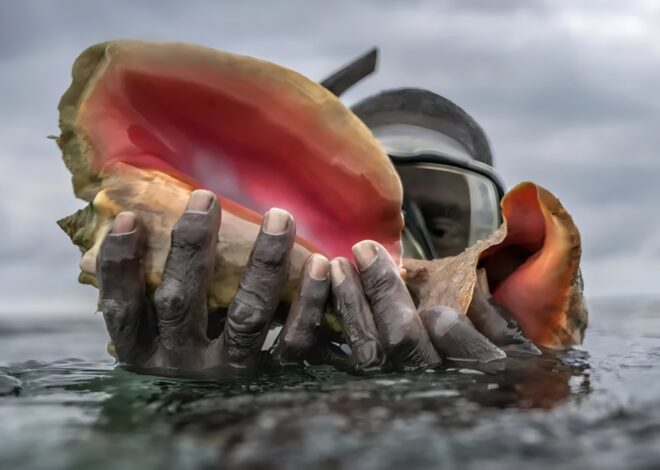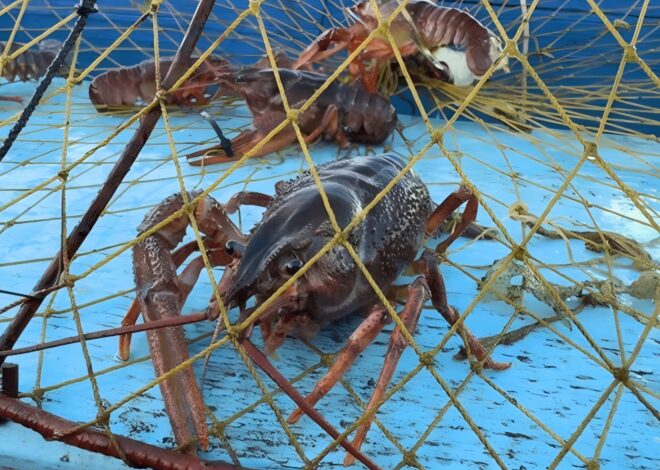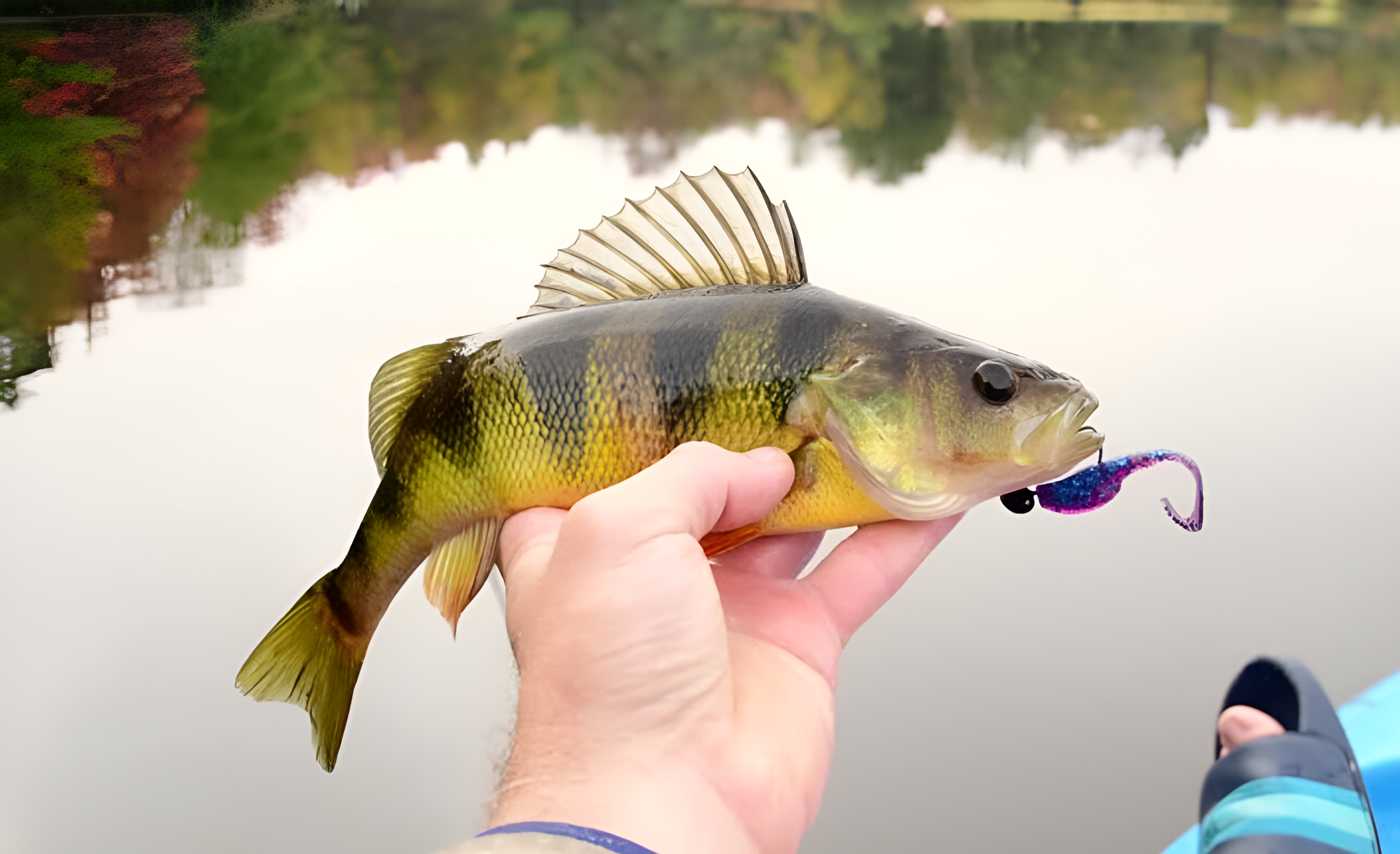
How To Catch Crappie
Welcome to our guide on how to catch crappie. Crappie fishing is more than just a pastime; it’s an adventure filled with excitement and relaxation. Whether you’re new to the sport or looking to refine your skills, this guide will help you unlock the secrets of catching crappie.
Known for their delicious taste and spirited fight, these fish are popular among anglers of all levels. Imagine being out on a serene lake, rod in hand, waiting for that thrilling tug at the line. But before you cast your bait into the water, it’s essential to understand what makes crappies tick.
Their behavior and habits can be as elusive as they are intriguing. With the right knowledge and techniques at your disposal, you’ll find yourself reeling in these prized catches in no time. So grab your gear and get ready—let’s dive into everything you need to know about how to catch crappie!
Understanding the Behavior and Habits of Crappie
Crappie are fascinating fish known for their distinct behaviors. Understanding these patterns can significantly improve your chances of a successful catch. These species tend to congregate in schools, especially during spawning season.
They often seek out shallow waters and cover like submerged trees or rocky structures. Temperature plays a crucial role in crappie behavior. Warmer months see them moving towards shallower areas, while colder weather drives them deeper into the water column.
Time of day matters too; dawn and dusk are prime feeding times. During these hours, they become more active and aggressive. Pay attention to seasonal changes as well. Crappie habits shift with the changing seasons, so being aware of their migratory patterns can be beneficial when planning your fishing trips.
Essential Gear for Crappie Fishing
When gearing up for crappie fishing, the right equipment can make all the difference. Start with a lightweight rod and reel combo. A medium-light spinning rod around 6 to 7 feet works wonders for sensitivity and casting accuracy.
Don’t forget your line choice. A monofilament or fluorocarbon line in the 4 to 8-pound test range provides invisibility underwater while maintaining strength. Tackle boxes are essential too. Stock them with various jigs, hooks, and weights tailored for crappie fishing.
Having a selection of colors helps you adapt to changing water conditions. A good pair of polarized sunglasses is often overlooked but crucial as they reduce glare on the water’s surface, allowing you to spot fish more easily. An ice cooler will keep your catch fresh until you’re ready to head home or cook up a delicious meal!
Best Techniques for Catching Crappie
When targeting crappie, one of the most effective techniques is vertical jigging. This method involves dropping a jig straight down beneath your boat. It’s especially successful in deeper waters where crappies often hang out. Another popular technique is casting and retrieving with soft plastics or jigs.
Try varying your retrieve speed to see what triggers bites on that particular day. Crappies can be finicky, so adaptability is key. Using a slip bobber setup also works wonders during warmer months. Position it at different depths until you find where the fish are biting.
Don’t overlook trolling as well; it allows you to cover more area and locate schools efficiently. Make sure to adjust your speed based on water temperature and time of year for optimal results. Always pay attention to seasonal patterns since they greatly influence crappie’s feeding behavior across different times of the year.
Choosing the Right Bait and Lures
Selecting the right bait and lures can significantly enhance your crappie fishing experience. Crappies are known for their varied diet, which includes insects, small fish, and crustaceans. This means that your bait choices should reflect what’s currently abundant in the water.
Live bait such as minnows is highly effective. Their natural movement attracts crappie effortlessly. If you prefer artificial options, jigs are a top choice too. Bright colors often entice crappie especially during low-light conditions.
When using lures, consider experimenting with different sizes and styles until you find what works best on that particular day. Often, it’s about trial and error to match the mood of the fish. Another tip? Pay attention to seasonal changes; certain baits may perform better in spring than winter. Adaptability is key when selecting your tackle for catching these elusive fish.
Choosing the Right Location for Catching Crappie
When it comes to catching crappie, location is everything. These fish prefer areas with plenty of cover and structure. Look for submerged trees, brush piles, or rock formations where they like to hide. Shallow water near the shore can be a great spot during spring spawning seasons.
Crappie often move towards these warmer waters as temperatures rise. In summer, deeper structures become more appealing. Check around ledges and drop-offs in lakes and reservoirs where cooler water provides refuge. Don’t forget about seasonal changes.
Weather patterns can influence their movements too; overcast days may push them closer to the surface while bright sunlight often drives them deeper. Consider visiting local fishing forums or talking to experienced anglers about hotspots in your area. They might share insights that lead you right to those elusive crappies!
Tips for Finding and Targeting Crappie
Finding crappie requires a keen eye and some local knowledge. Start by scouting shallow waters during the spring, as they move closer to spawn. Look for submerged structures like fallen trees or brush piles where crappie tend to hide. Utilize sonar technology if you can.
This tool helps identify schools of fish beneath the surface, making it easier to target them effectively. Pay attention to water temperature; crappie prefer warmer conditions in the 65-75°F range. Fishing at dawn or dusk can increase your chances too since these times see higher activity levels among crappie.
Don’t forget about seasonality—patterns change with each passing month, so stay flexible and adapt your approach accordingly. Keep an eye on weather changes as well; overcast days often trigger more feeding behavior in this species, giving you an edge when targeting them.
Regulations and Limits for Crappie Fishing
When targeting crappie, understanding local regulations is crucial. Each state has different rules governing fishing seasons, size limits, and daily bag limits. These guidelines help to maintain healthy populations of this popular fish. Always check the specific regulations for the body of water you plan to fish.
Some lakes may have stricter rules due to conservation efforts or overfishing concerns. Adhering to these laws not only ensures compliance but also helps sustain crappie populations for future generations. Using a fishing license is often required as well. Make sure yours is up-to-date before casting your line.
Fishing without a valid license can lead to hefty fines and unwanted trouble. Respecting catch-and-release policies can also be beneficial. If you’re unsure about keeping your catch, releasing smaller or spawning females back into the water supports sustainable fishing practices and promotes healthier ecosystems overall.
Safety Precautions for Crappie Fishing
Safety is paramount when you’re out on the water. Always wear a life jacket, especially if you’re fishing from a boat. It may not seem necessary, but accidents can happen quickly. Check the weather before heading out. Sudden storms can turn a relaxing day into a dangerous situation in minutes.
Keep an eye on changing conditions while you fish. Bring along essential safety gear such as first aid kits and extra food or water. A small emergency kit can make all the difference. Be mindful of your surroundings too.
Watch for other boats and be cautious around rocky areas or shallow waters to avoid capsizing. Consider fishing with a buddy whenever possible. Not only does it enhance the experience, but having someone with you adds an extra layer of safety should anything go awry during your adventure.
Cleaning and Cooking Your Catch
Cleaning your crappie is a straightforward process. Start by ensuring you have a clean workspace and the right tools, including a sharp knife and cutting board. Begin with rinsing the fish in cold water to remove any slime or debris.
Lay the crappie on its side, then make an incision just behind the gills down to the backbone. Carefully slice along the spine towards the tail while applying gentle pressure to separate the fillet from the bones. Once you’ve removed both fillets, rinse them again under cold water.
Pat them dry with paper towels before storing or cooking. When it comes to cooking, crappie are versatile. You can pan-fry them for a crispy texture, bake with herbs for a healthier option, or even grill for that smoky flavor. Each method brings out their mild taste beautifully.
Serve your freshly cooked crappie alongside some classic sides like coleslaw or cornbread for a delightful meal experience.
Conservation Tips for Sustainable Crappie Fishing
Sustainable crappie fishing is crucial for maintaining healthy populations. One effective method is practicing catch and release. This allows anglers to enjoy the thrill of fishing while ensuring future generations can experience it too.
When you do keep some fish, adhere to local regulations regarding size and bag limits. These rules are in place for a reason—helping maintain balance in the ecosystem. Using proper gear also plays a role in conservation. Employ barbless hooks to minimize injury when releasing crappies back into the water.
Avoid overfishing by targeting specific areas rather than depleting hotspots consistently. Rotating your fishing locations helps prevent stress on particular populations. Always clean up after yourself at fishing sites. Litter can harm aquatic life and diminish the beauty of natural habitats, impacting your future outings as well.
Conclusion: Learning How to Catch Crappie
Catching crappie can be an exciting and rewarding experience for anglers of all skill levels. The key to success lies in understanding their behavior, having the right gear, and employing effective techniques. By choosing the right bait and lures, you increase your chances of attracting these popular fish.
Selecting a prime location is crucial as well; crappie often congregate near structures like fallen trees or underwater brush piles. Utilizing tips for finding and targeting them will help refine your approach, while being mindful of regulations ensures responsible fishing practices.
Safety precautions cannot be overlooked, protecting both yourself and the environment during your outings. Once you’ve reeled in some tasty crappie, knowing how to clean and cook them properly adds another layer to this enjoyable hobby. Adopting conservation methods guarantees that future generations can also enjoy this thrilling pursuit.
With practice and patience, you’ll soon find yourself becoming adept at catching crappie. Embrace the journey with enthusiasm as you learn more about these fascinating fish along the way!



